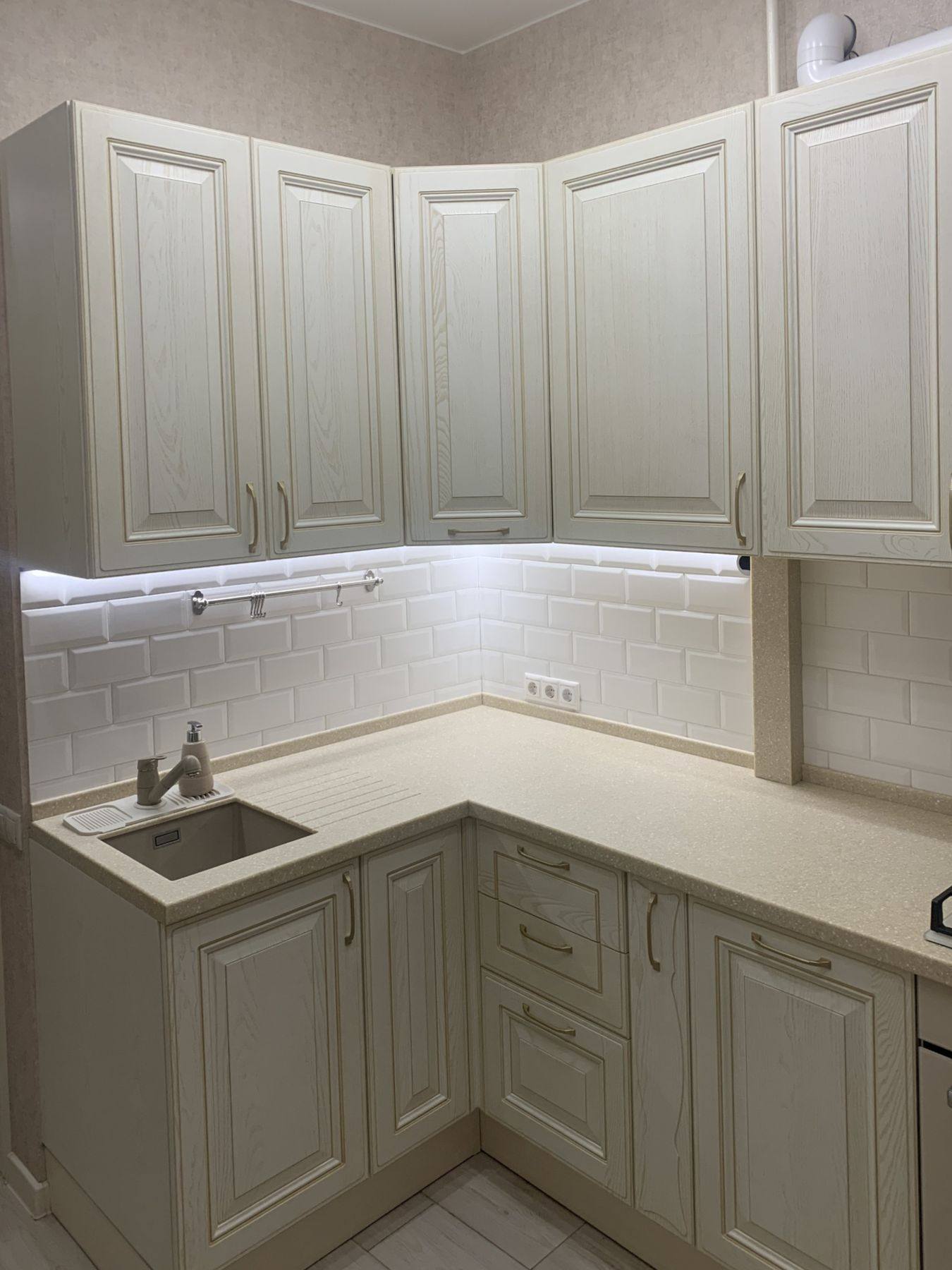
Achieving Transformative Kitchen Design Excellence
Kitchen design is not just about aesthetics; it's about creating a functional, comfortable, and inspiring space that enhances the cooking experience and serves as the heart of the home. Achieving transformative kitchen design excellence involves blending innovation, efficiency, and style to create a space that's as delightful to look at as it is to use. Below we explore key considerations and elements that contribute to exceptional kitchen design.
Innovative Functionality
At the core of transformative kitchen design is a keen understanding of functionality. Designers must consider the 'work triangle' – the layout between the sink, stove, and refrigerator – to optimize workflow and efficiency. Modern kitchens also incorporate smart storage solutions, such as multi-purpose drawers, pantry pull-outs, and appliance garages that minimize clutter and maximize space. The integration of cutting-edge technology, including smart appliances and hands-free fixtures, can further elevate the kitchen's functionality to meet the demands of contemporary living.
Material and Texture Harmony
The choice of materials and textures plays an essential role in achieving design excellence. High-quality, durable materials such as natural stone countertops, hardwood floors, or stainless steel appliances contribute not only to the kitchen's longevity but also to its beauty. Designers often combine various textures and finishes – matte and gloss, rough and smooth – to create a layered look that adds depth and interest to the kitchen.
Lighting: The Essence of Ambiance
Lighting is a crucial element in kitchen design that impacts both the functionality and the mood of the space. A mix of different lighting types – ambient, task, and accent – ensures that the kitchen is well-lit for preparations, cooking, and dining. Designers use under-cabinet lights for task lighting, pendant lights over islands for style and focus, and soft overhead lighting for gentle ambient illumination. Intelligent lighting systems that can adjust brightness and color temperature can also help in setting the perfect ambiance for every occasion.
Ergonomic Design Considerations
Ergonomics is all about creating a kitchen tailored to the user's needs. This includes the heights of counters and cabinets, the depth of sinks, and accessibility features. Think adjustable counter heights that can accommodate both standing cooks and those in wheelchairs, or drawers and pull-out cabinets that eliminate the need to reach into the back of a cabinet. Designing with ergonomics in mind is especially crucial in transforming a kitchen into a space that’s inclusive for all family members and to prevent strain or injury during kitchen tasks.
Sustainable and Eco-Friendly Practices
As we become more environmentally conscious, sustainable practices are increasingly important in kitchen design. This includes selecting eco-friendly materials, such as reclaimed wood or recycled glass countertops, and energy-efficient appliances. Waste reduction can be achieved through proper recycling stations and compost systems. Water-saving faucets and fixtures further enhance the kitchen's sustainability. Through thoughtful material choice and responsible design decisions, a kitchen can become a testament to modern green living.
Personalization and Aesthetic Appeal
Finally, transformative kitchen design excellence is about personalization. It should reflect the homeowner's style, whether that's minimalistic, traditional, contemporary, or rustic. Customization can come in the form of unique color schemes, bespoke cabinetry designs, or personalized backsplash tiles. The goal is to create a kitchen that resonates with individuals’ preferences and becomes a true reflection of their personality and taste.
In conclusion, transformative kitchen design excellence is achieved by balancing innovative functionality, elegant and durable materials, strategic lighting, ergonomic layouts, sustainability, and personal aesthetics. It’s a space that’s tailored to the unique needs and desires of the family, facilitating not just the preparation of meals but the creation of memories. A well-designed kitchen becomes an inviting retreat that promotes well-being and culinary creativity.